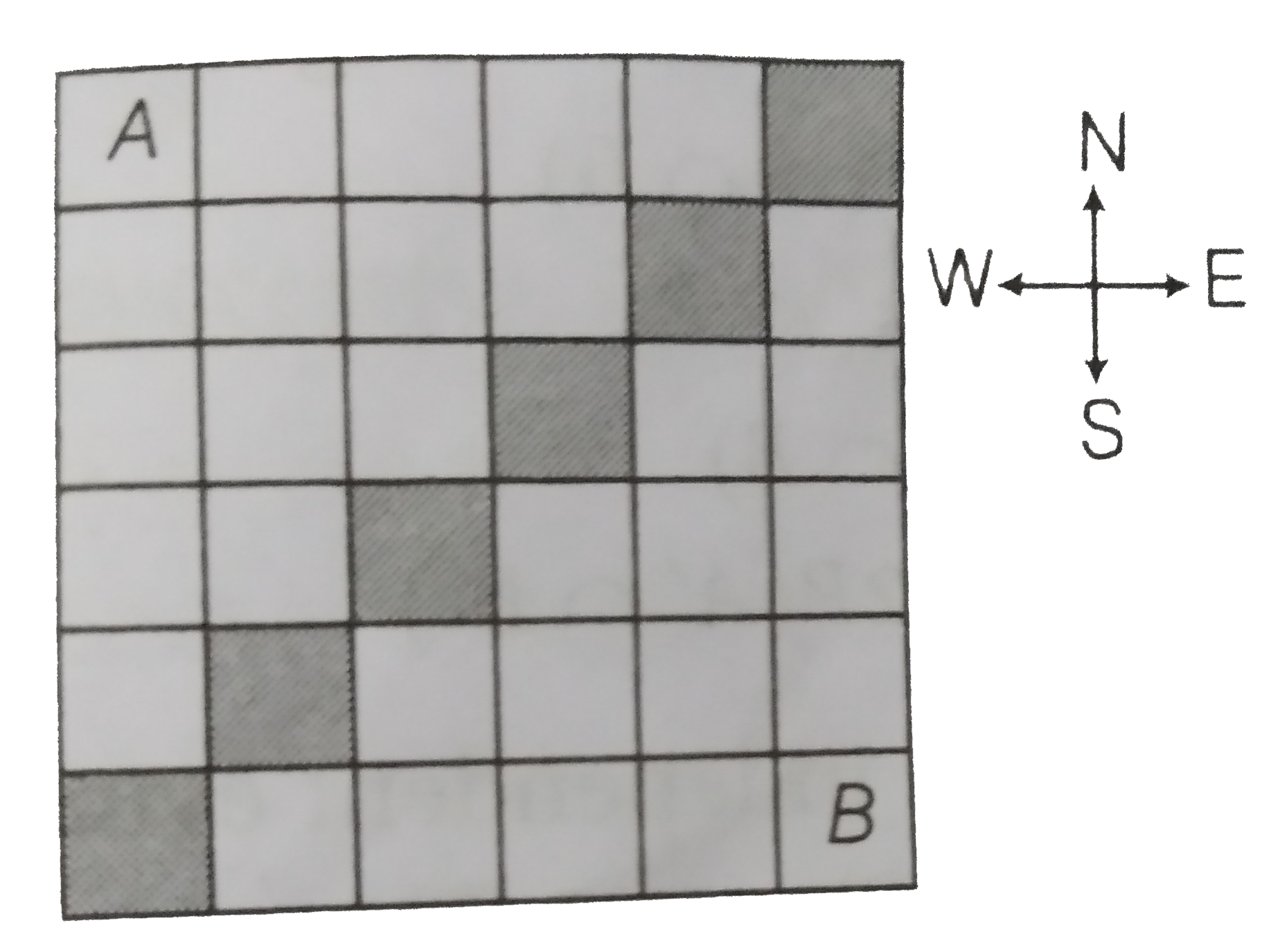Three different numbers are selected at random from the set A=(1,2,3,....,10). The probability that the product of two of the numbers is equal to the third is Solution in Punjabi
34
140
18
3940
The correct Answer is:(b)
Step by step video & image solution for Three different numbers are selected at random from the set A = (1, 2, 3,...., 10). The probability that the product of two of the numbers is equal to the third is by Maths experts to help you in doubts & scoring excellent marks in Class 12 exams.
Updated on:21/07/2023Topper's Solved these Questions
- PROBABILITYBOOK - ARIHANT MATHSCHAPTER - PROBABILITYEXERCISE - Probability Exercise 1: Single Option Single Correct Type Question
1 Videos
- PROBABILITYBOOK - ARIHANT MATHSCHAPTER - PROBABILITYEXERCISE - Exercise (More Than One Correct Option Type Questions)
15 Videos
- PROBABILITYBOOK - ARIHANT MATHSCHAPTER - PROBABILITYEXERCISE - Exercise For Session 4
15 Videos
- PERMUTATIONS AND COMBINATIONS BOOK - ARIHANT MATHSCHAPTER - PERMUTATIONS AND COMBINATIONS EXERCISE - Exercise (Questions Asked In Previous 13 Years Exam)
28 Videos
- PRODUCT OF VECTORSBOOK - ARIHANT MATHSCHAPTER - PRODUCT OF VECTORSEXERCISE - Exercise (Questions Asked In Previous 13 Years Exam)
52 Videos
Similar Questions
A and B are persons standing in corner square as shown in the figure. They start to move on same time with equal speed, of A can move in East or South diretion and B can move in North or West diretion. If in each step they reach in next square and their choice of direction are equlity. If it is given that A and B meet in shaded region, then the probability that they have met in the top most shaded square, is

View SolutionFor two given event A and B, P(A∩B) is
View SolutionThe probability of getting exactly two heads when tossing a coin three times is
View SolutionThere is a rectangular sheet of dimension (2m−1)×(2n−1), (where m>0,n>0) It has been divided into square of unit area by drawing line perpendicular to the sides. Find the number of rectangles having sides of odd unit length.
View SolutionLet O be the origin and let PQR be an arbitrary triangle. The point S is such that ¯¯¯¯¯¯OP⋅¯¯¯¯¯¯OQ+¯¯¯¯¯¯OR⋅¯¯¯¯¯¯OS=¯¯¯¯¯¯OR⋅¯¯¯¯¯¯OP+¯¯¯¯¯¯OQ⋅¯¯¯¯¯¯OS=¯¯¯¯¯¯OQ⋅¯¯¯¯¯¯OR+¯¯¯¯¯¯OP⋅¯¯¯¯¯¯OS Then the triangle PQR has S as its
View SolutionThree numbers are selected simultaneously from the set (1,2,3,...,25). The probability that the product of the selected numbers is divisible by 4 is equal to
View SolutionThe probability that a number selected at random from the set of numbers {1,2,3,...,100} is a square is
View SolutionThree numbers are selected at random without replacement from the set of numbers {1, 2, 3, … n}. The conditional probability that the 3rd number lies between the 1st two. If the 1st number is known to be smaller than the 2nd, is
View SolutionTwo different numbers are selected at random from the set S={1, 2, 3, ……10}, then the probability that sum of selected numbers is divisible by 2 a/b, where a and b are co-prime then b is equal to ___.
View SolutionThe probability that a number selected at random from the set of numbers {1,2,3,….100} is a cube is
View SolutionThree numbers are selected at random without replacement from the set of numbers {1,2,….n}. The conditional probability that the third number lies between the first two, if the first number is known to be smaller than the second is
View SolutionThree different numbers are selected at random from the set A={1,2,3,……..,10}. Then the probability that the product of two numbers equal to the third number is pq, where p and q are relatively prime positive integers then the value of (p+q) is :
View SolutionIf three number are drawn at random successively without replacement from a set S = {1, 2, . . . . 10}, then the probability that the minimum of the chosen number is 3 or their maximum is 7 .
View SolutionWhat time taken by sum of rs.7000 to become rs.10500 at the rate of 5% per annum?
View SolutionThe probability that a number selected at random from the set of numbers {1,2,3,…..,100} is a square is
View SolutionThree numbers are selected at random without replacement from the set of numbers {1, 2, 3, … n}. The conditional probability that the 3rd number lies between the 1st two. If the 1st number is known to be smaller than the 2nd, is
View Solution
